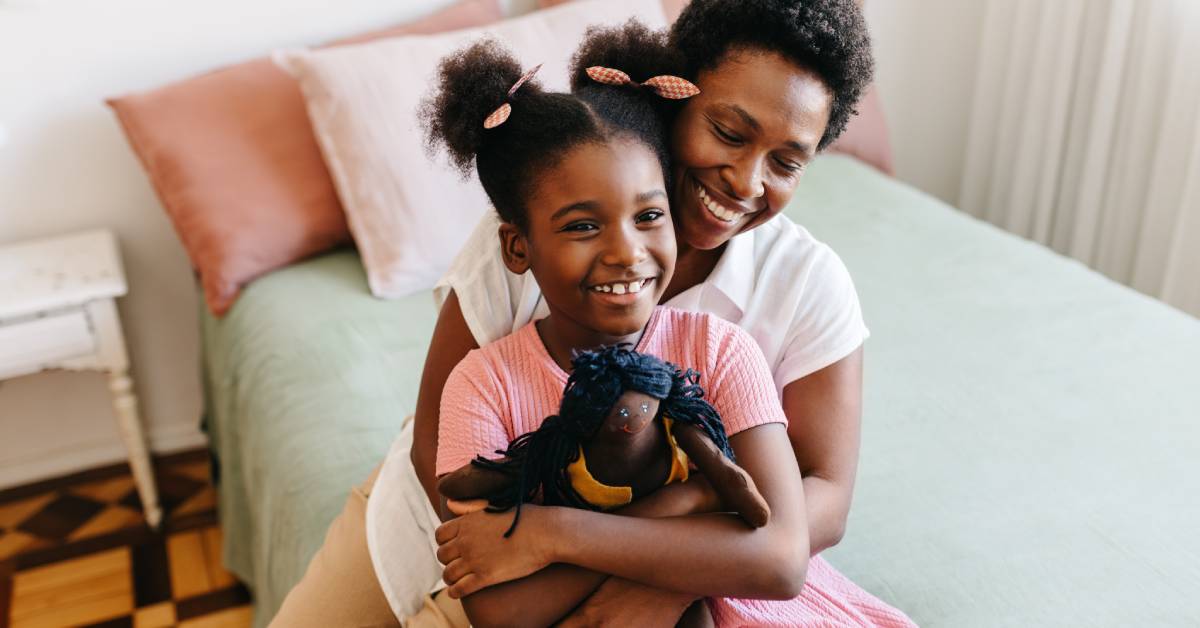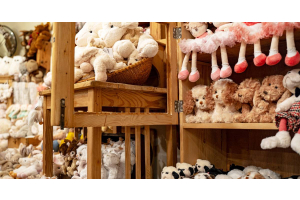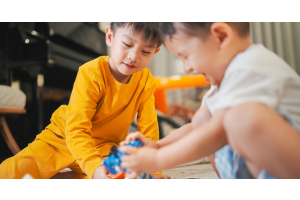
The world children grow up in is diverse, vibrant, and filled with countless personalities, cultures, and stories. While dolls might just seem like fun and games, these toys shape a child’s perspective and help them gain a better understanding of people and places.
Dolls, in particular, can introduce young ones to concepts of diversity, inclusion, and empathy at an early age. Learn more about the importance of providing inclusive dolls at home and how these toys can benefit your little ones as they grow up.
How Dolls Influence a Child’s Worldview


The types of toys children interact with directly influence their understanding of society’s norms. From an early age, dolls have a subtle yet profound impact on young minds due to the lessons embedded within their design.
Dolls Reflect Societal Norms
Children naturally absorb the implicit messages around them, including the ones their toys convey. For decades, many dolls available in stores primarily portrayed a narrow standard of beauty and identity. When dolls predominantly represented specific skin tones, body types, or features, children often internalized these as norms, which left those who didn’t align with these traits feeling excluded.
Inclusive dolls, however, challenge this outdated pattern. By portraying diverse appearances, they begin normalizing inclusivity and allow every child to see themselves represented. Today, children can walk into their local toy store and find all kinds of dolls that represent who they are and who they want to be when they grow up.
The Role of Representation in Identity Formation
A diverse doll collection allows children to see their unique traits mirrored in the toys they play with. This fosters a greater sense of belonging and self-worth.
For instance, a child with freckles or natural curls will likely feel a glow of pride upon seeing a doll that shares their features. Conversely, dolls can also introduce children to people who are different from them. With these diverse dolls in their toy box, this helps your little ones build empathy at a tender age.
The Consequences of Lack of Representation
When toys fail to reflect the people your children will meet in their life, it can inadvertently reinforce the idea that certain groups are invisible or less valued. Inclusive dolls send the message that all lives and identities are meaningful.
The Connection Between Play and Empathy
Toys are a great way to teach children life lessons and human relationships. By using dolls that your kids can relate to, they can grasp these concepts more easily as they grow up.
Dolls Foster Emotional Intelligence
When children engage in pretend play with dolls, they often create scenarios involving care, nurture, and companionship. Through these acts, they build emotional intelligence by imagining what others feel and learning how to respond empathetically. For example, a child feeding or consoling their doll simulates scenarios where they consider the needs of others.
Encouraging Open-Mindedness Through Play
Playing with dolls representing various cultural or ethnic backgrounds allows children to observe differences without prejudice. By incorporating dolls from around the world, parents can spark conversations about history, heritage, and traditions in non-intimidating, accessible ways. This gentle introduction leaves children open-minded and poised for broader conversations as they grow.
Gaining Understanding of Physical Differences
When dolls include physical differences like wheelchairs, prosthetics, or visible birthmarks, children come to appreciate the diversity of abilities people can have. This also gives them the chance to see themselves in their toys if they have these physical attributes. Give your little ones a toy they can relate to and learn from by providing them with inclusive dolls.
Diversity in Doll Design and Features
If you’re actively looking to promote diversity and inclusivity in your household, what kind of toys should you buy? Bring your little ones into the toy store and browse through their catalogue to find the perfect doll for their playtime.
Skin Tones as a Starting Point
The range of skin tones available in doll collections now reflects all kinds of races and cultures. Some dolls also represent different occupations or phases in life that could interest your little ones. Children should have access to these variations so that every child can see themselves reflected in their toys.
Appearance Beyond Skin Color
Inclusive dolls should showcase a diverse cast of people respectfully and accurately. They represent various hair textures, facial features, and even body types. Curvier dolls, petite dolls, or those with freckles and birthmarks expand the idea of what beauty looks like beyond conventional standards.
Representing Disabilities and Adaptive Equipment
Children with disabilities require additional resources to support them as they grow up. As a way to boost their confidence and teach them about their attributes, toy companies produce dolls that feature wheelchairs, hearing aids, diabetes patches, and other accessories that children may use on a daily basis. This fills kids with pride, as they can see their true selves reflected in their favorite dolls.
Building a Foundation Through Education at Playtime


Along with their entertainment value, toys are an educational resource that equips children with skills and perspectives. By curating diverse doll collections, caregivers can better align playtime with values like acceptance and understanding.
Turning Playtime Into an Inclusive Learning Environment
Small changes can turn playtime into a learning experience. Parents and caregivers can encourage role-play games that involve dolls from different walks of life and prompt questions and discussions that build awareness. For instance, if a child expresses curiosity about why a doll has a wheelchair, it creates an opportunity to discuss accessibility.
Storytelling With Inclusive Narratives
Add depth to playtime by creating stories for dolls that represent real-world scenarios. For example, dolls with cultural garments can become tools to teach geography, food customs, or languages.
Likewise, celebrate neurodivergence or physical differences of the dolls through characters that succeed in unique ways. These approaches create avenues for learning in an organic, engaging manner.
Model Behavior for Open Conversations
Children often watch and mimic the attitudes of adults around them. When you incorporate inclusive dolls into playtime, share why you chose them. Display inclusive behavior by speaking positively about diversity, and your child will likely integrate those values naturally.
By seeing their reflection in the toys they play with, children grow up confident in their identity and respectful of others. Offer dolls that represent differences they haven’t encountered yet and prepare children to engage meaningfully with the world outside of their comfort zones.
If you’re looking to hand out special dolls for the whole family, check out our selection of bulk dolls at Joissu. We offer a diverse catalogue of toys that allows children to express themselves during playtime. To boost your little one’s confidence and social skills, browse our website today!






